Snap Cubes Activities
Snap cubes, also known as interlocking cubes, stacking cubes or unifix, are maybe one of the cheapest mathematical resources, but give us so many opportunities to support learning.
Snap cubes are widely used at schools and in our houses, so let's have a look at what else we can do with them. Please don't forget to share your amazing ideas in the comments below.
Make it

Try counting a number of objects from a larger group. Roll a die first to check how many cubes you need to take. It helps 1:1 correspondence and if your child joins them together they will strengthen fine motor skills.
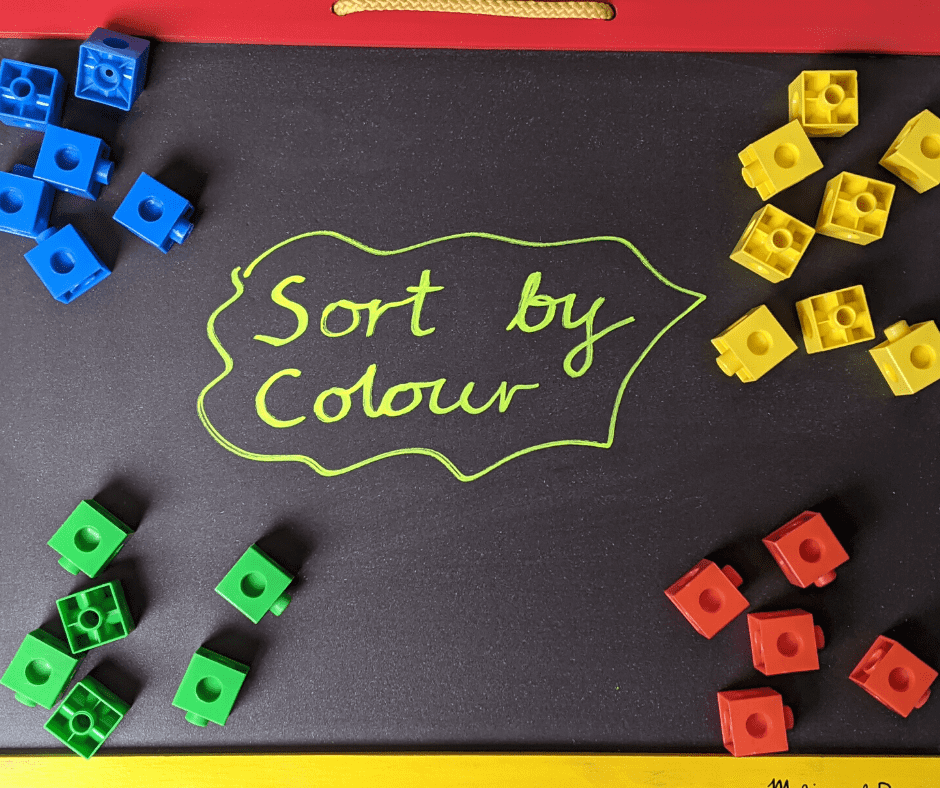
Sorting by colour is so much fun. You can make piles or use sorting bowls or plates.

Experiment with different patterns. You can start the pattern and ask you child to continue it, or paint it.
Painting patterns is great fun! I recommend poster paint as it is thicker. Watercolours will not give you the right results. You can also use ink if you have it.
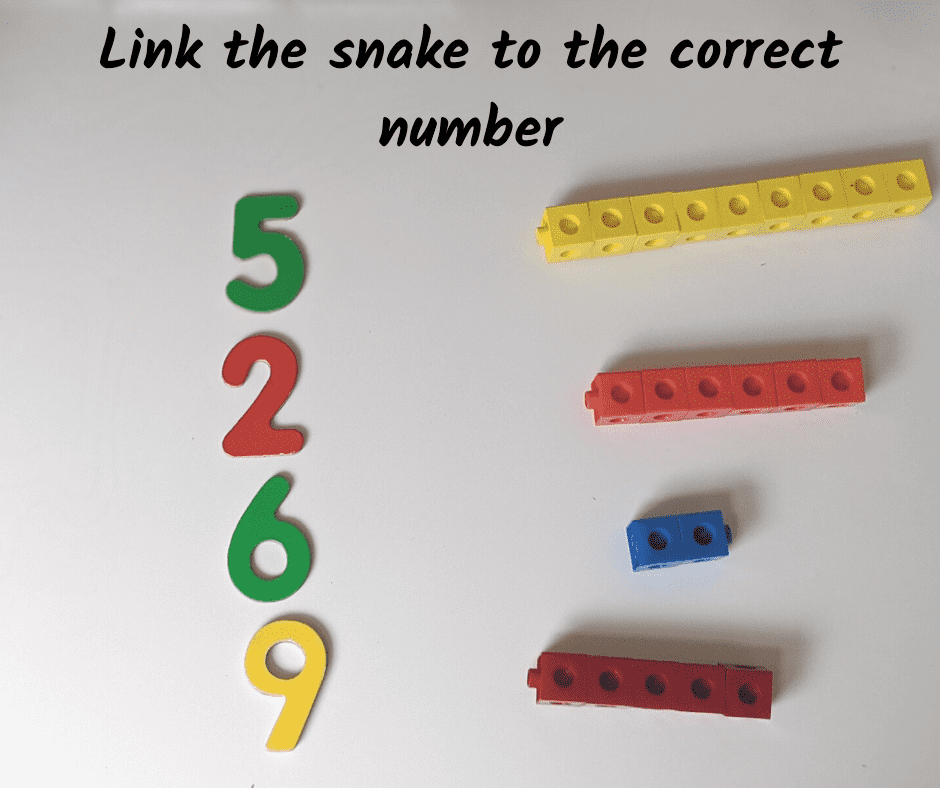
Matching cubes to the right number is brilliant if you want to practice number recognition and 1:1 correspondence.

Learn number bonds to 10. How easy is that?
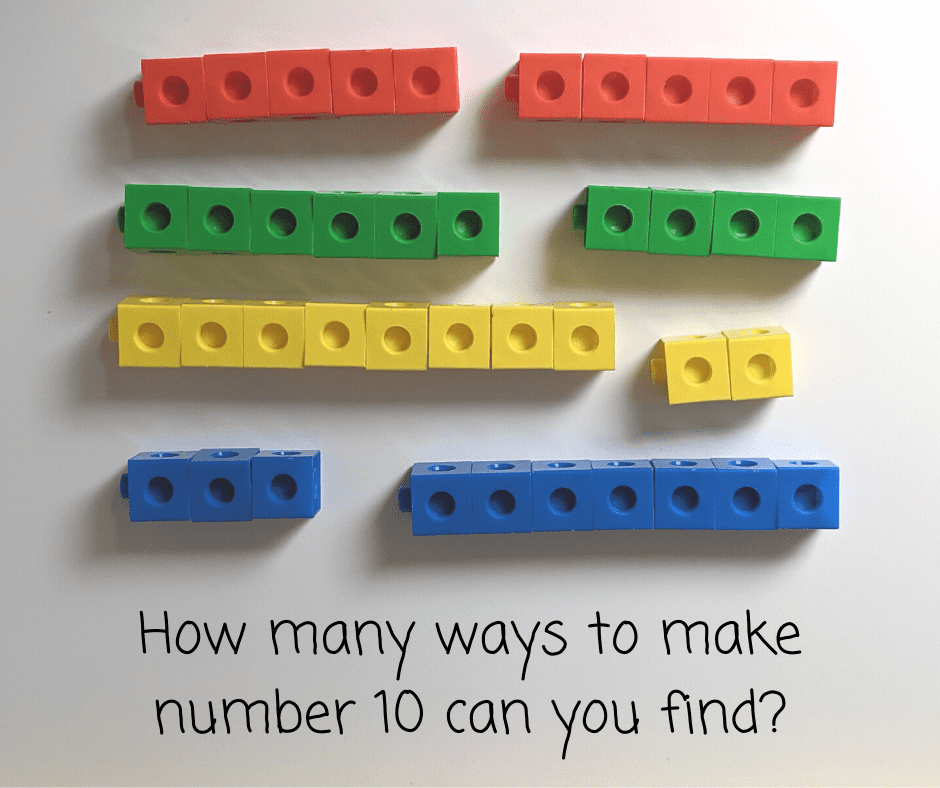
Explore number bonds to build a better picture in your head.
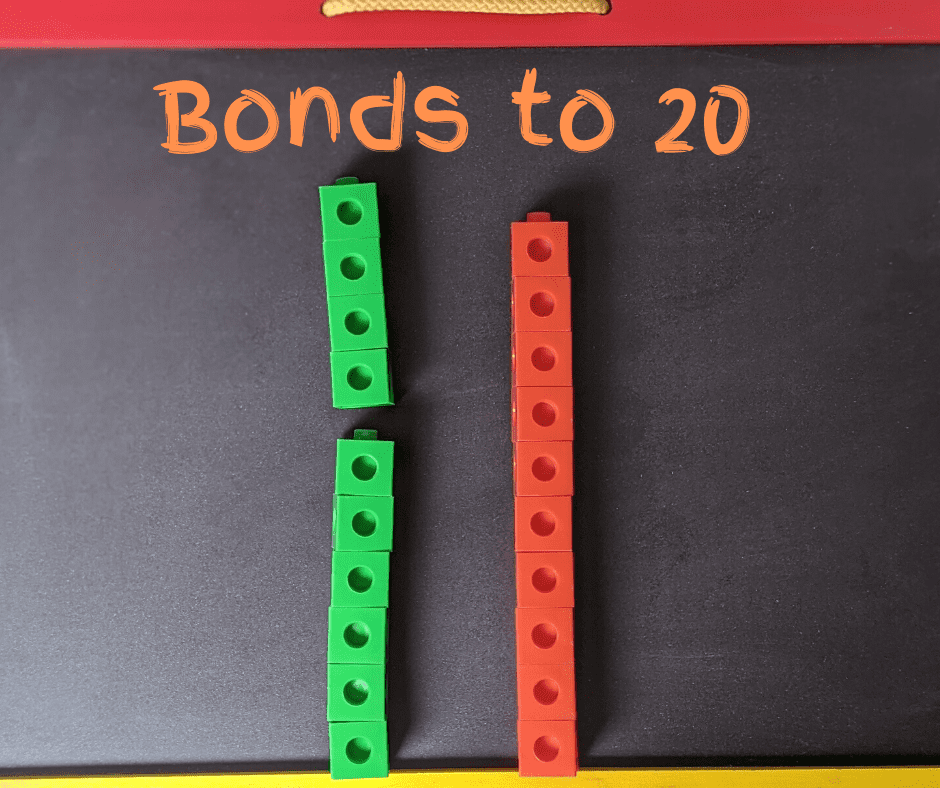
Visualising number bonds to 20 using unifix will help your kids to see how number 20 can be chopped into 2 groups.
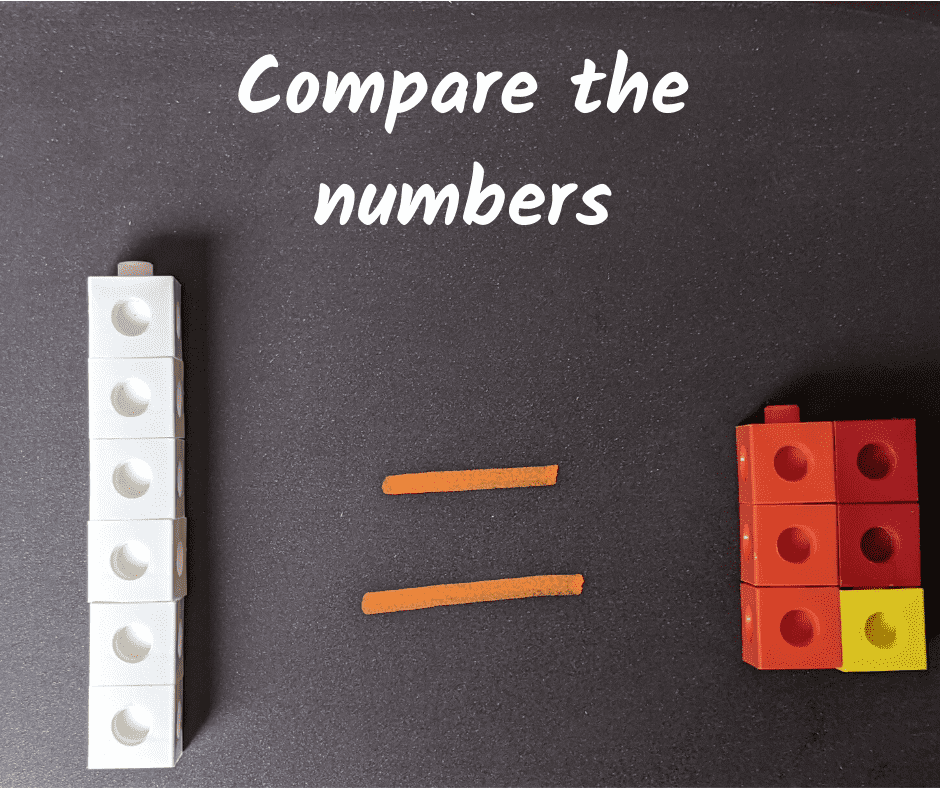
Use the snap cubes to compare numbers. You can put them next to each other and see what is the difference between them.
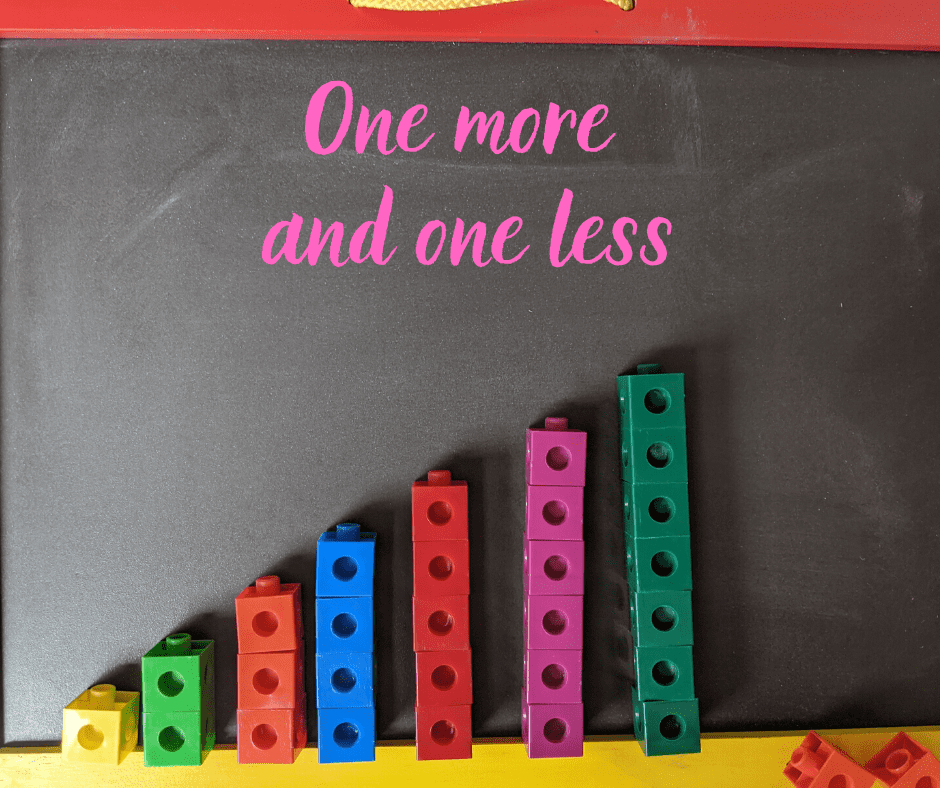
The best way to understand one more and one less is to build them and watch the grow and shrink. When you use interlocking cubes you also strengthen fine motor skills.
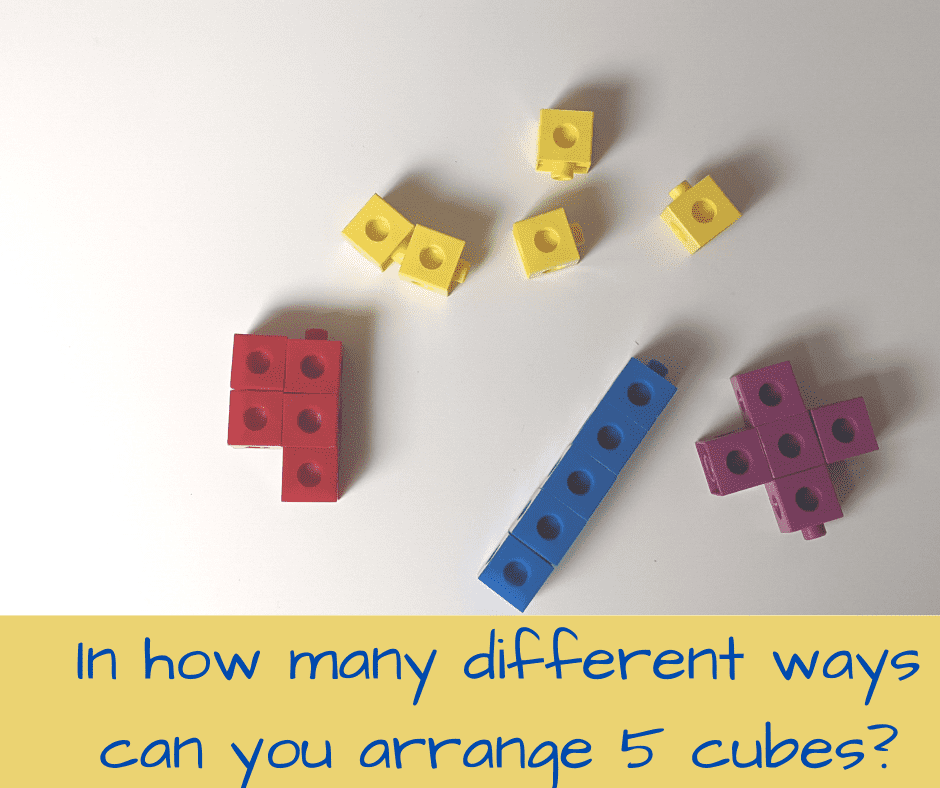
This activity will help your child to understand the number invariance. It means that they will be able to understand that you can arrange the same amount of cubes into different combinations/shapes, but the number will still stay the same, even if some look bigger or smaller than others.
Addition is made easy with snap cubes.
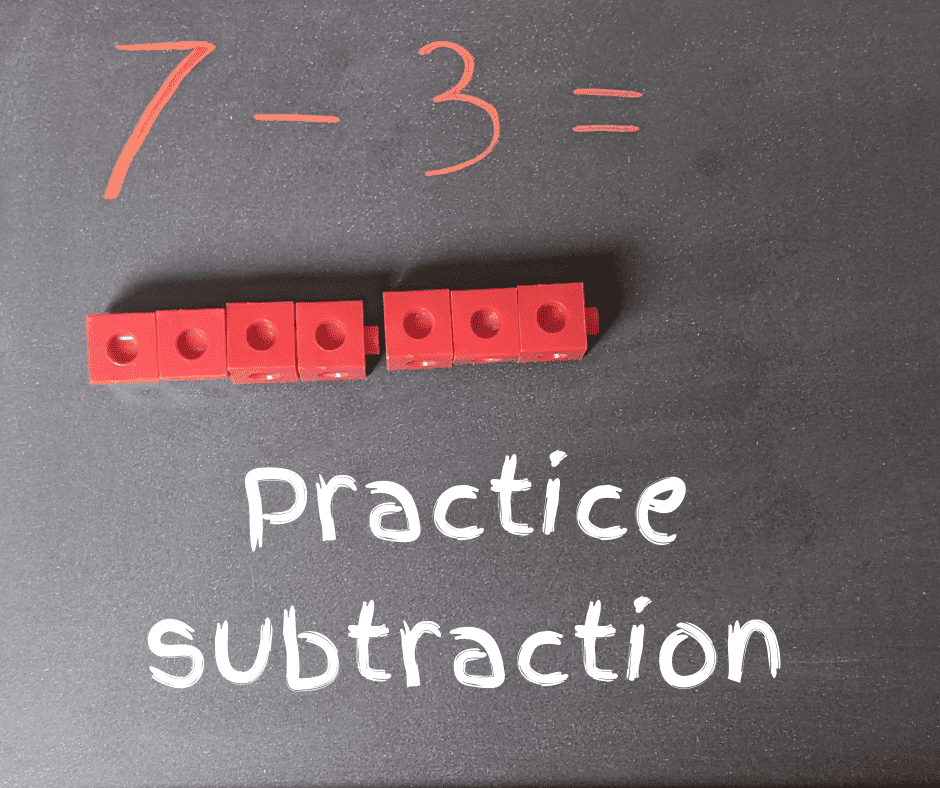
Unifix is a great resource to show subtraction.
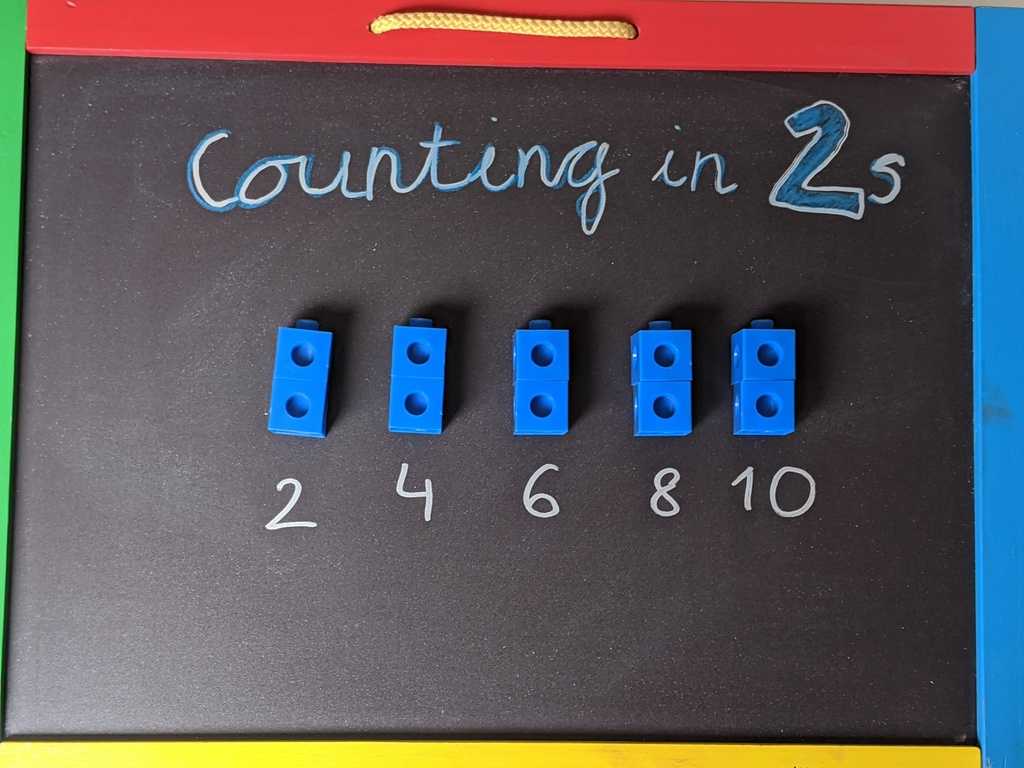
You can use interlocking cubes to practice counting in any pattern. Have a look at some examples. Counting in 2s.
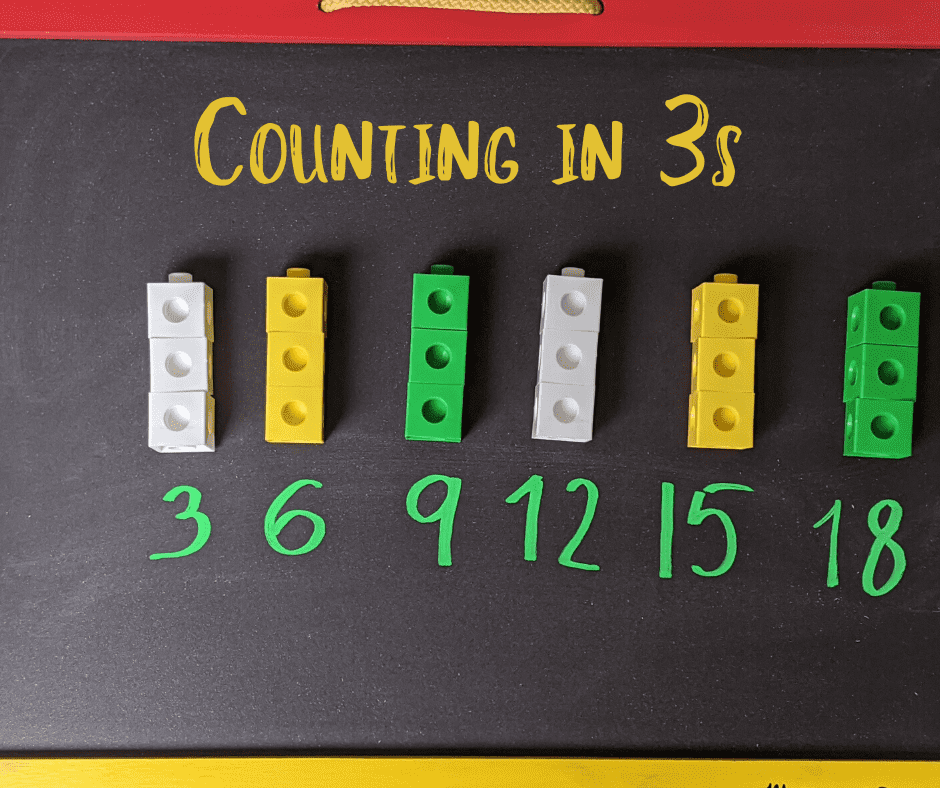
Counting in 3s.
Painting in 3s to practice counting in 3s. How cool is that?
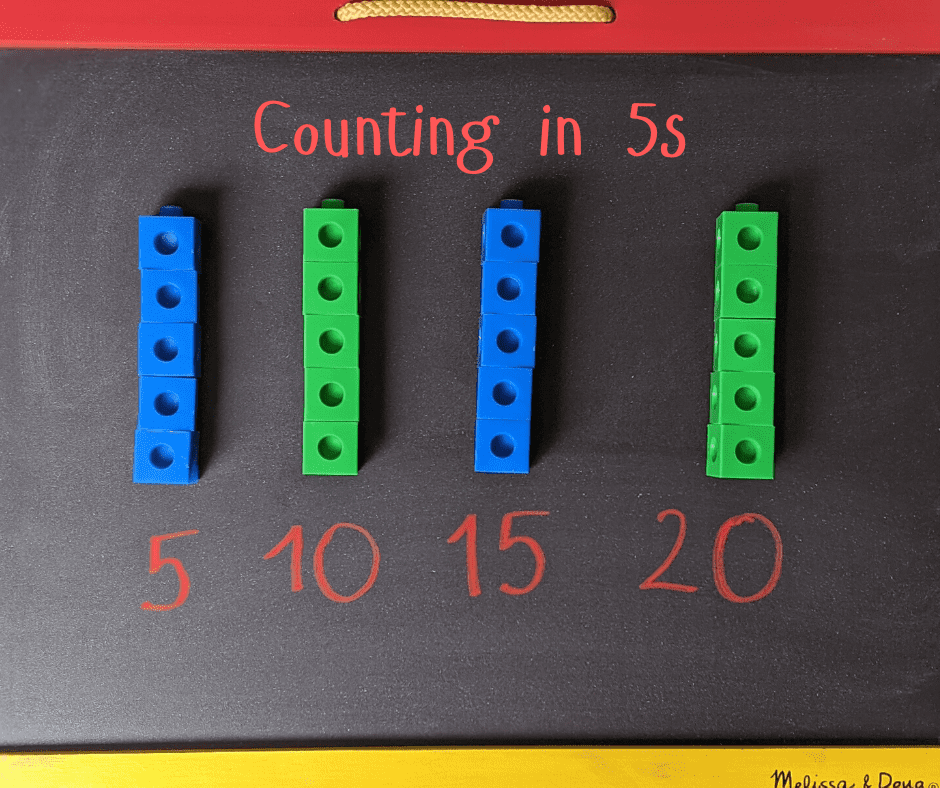
Counting in 5s
Turn practicing learning to count in 10s into a game.
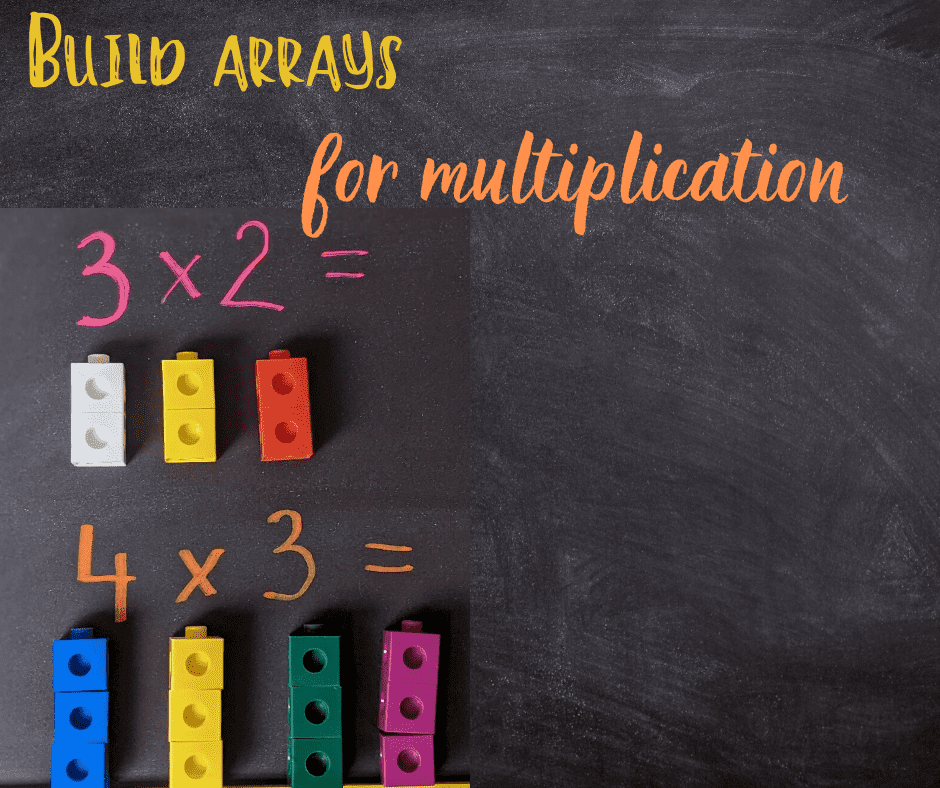
I use unifix cubes quite a lot to support multiplication. It is so easy to build arrays with them.
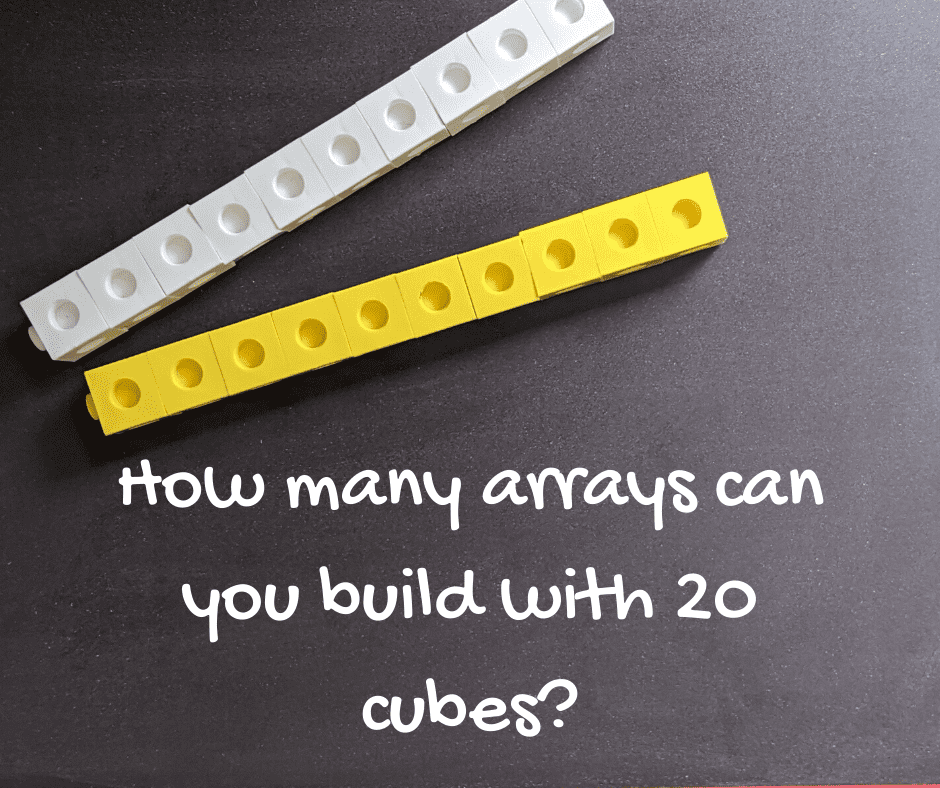
Explore division with this cool trick. Think about the arrays and different combinations.
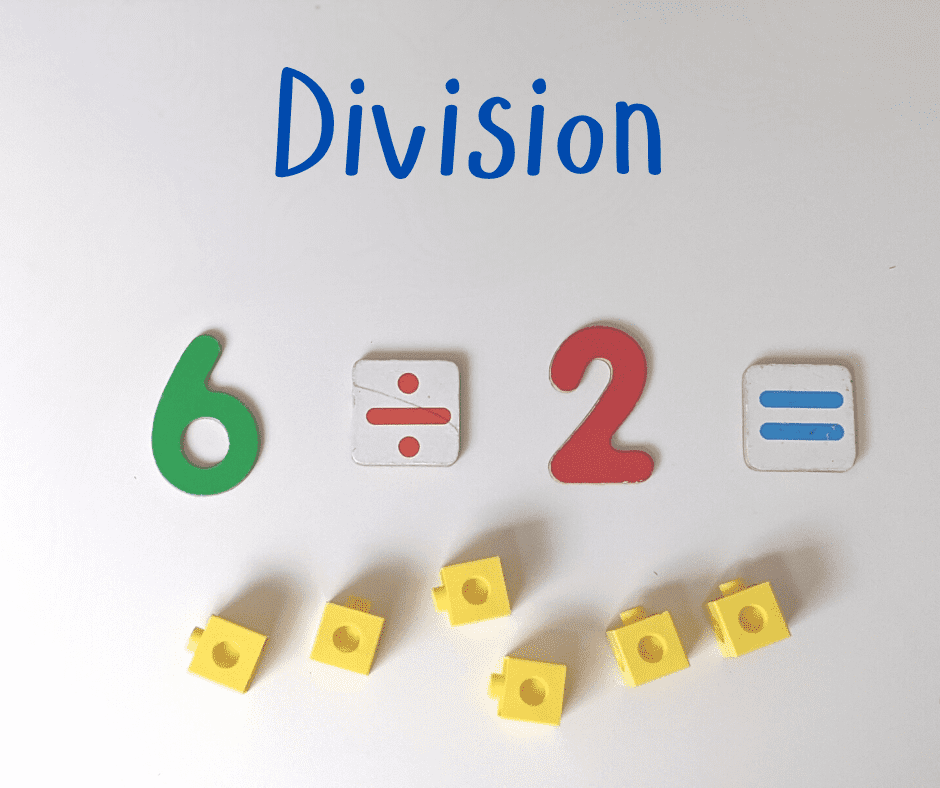
Use them to solve division number sentences.
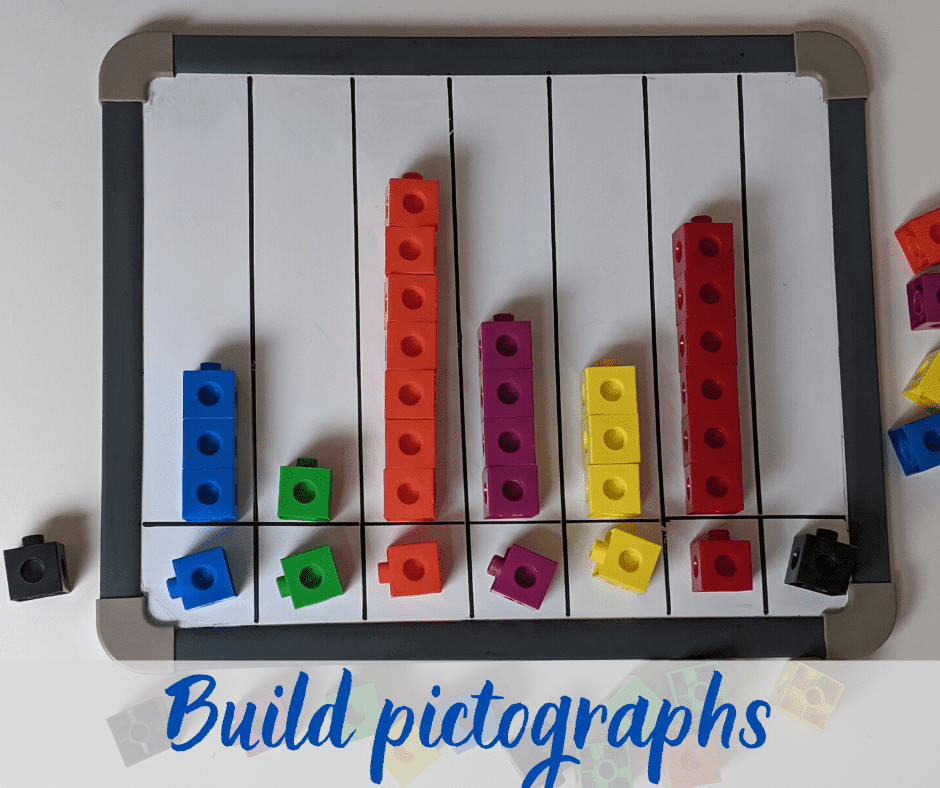
This example shows how you can use the unifix cubes to build a pictograph. You can also use the cubes to build other graphs, look here for more ideas.
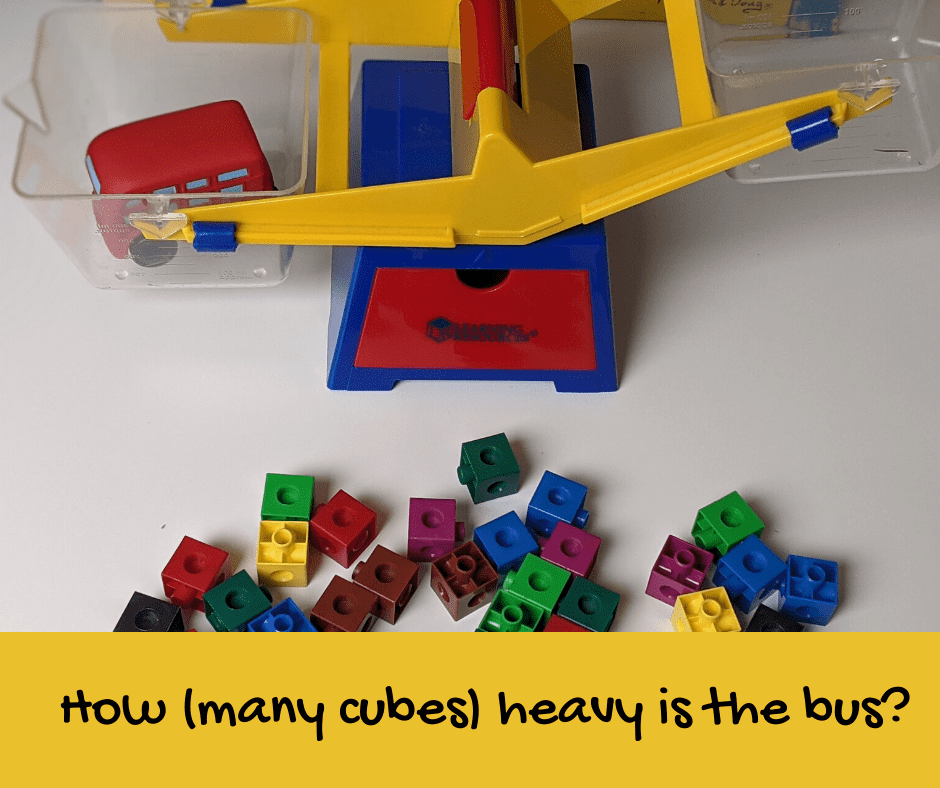
Snap cubes can be used as a non-standard unit of measurement. Try to estimate weights of small objects. Think how many cubes do I need to put it to make it balance?
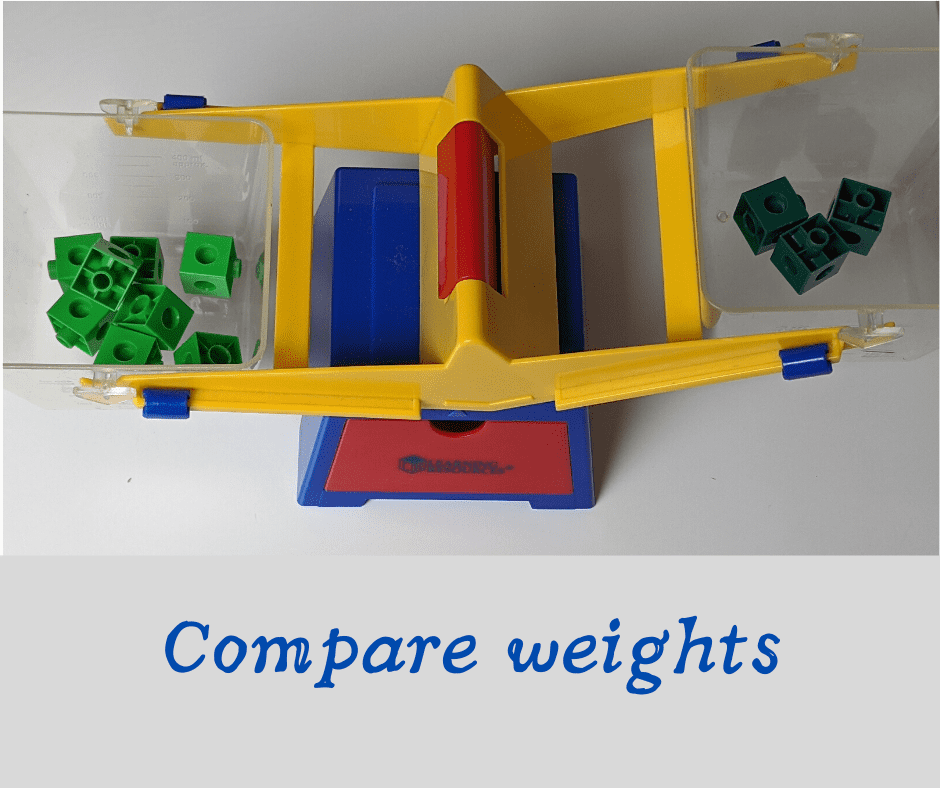
Use unifix cubes to compare weights. Have a chat first by estimating the weight of cubes and amount and next pop them on the scale.
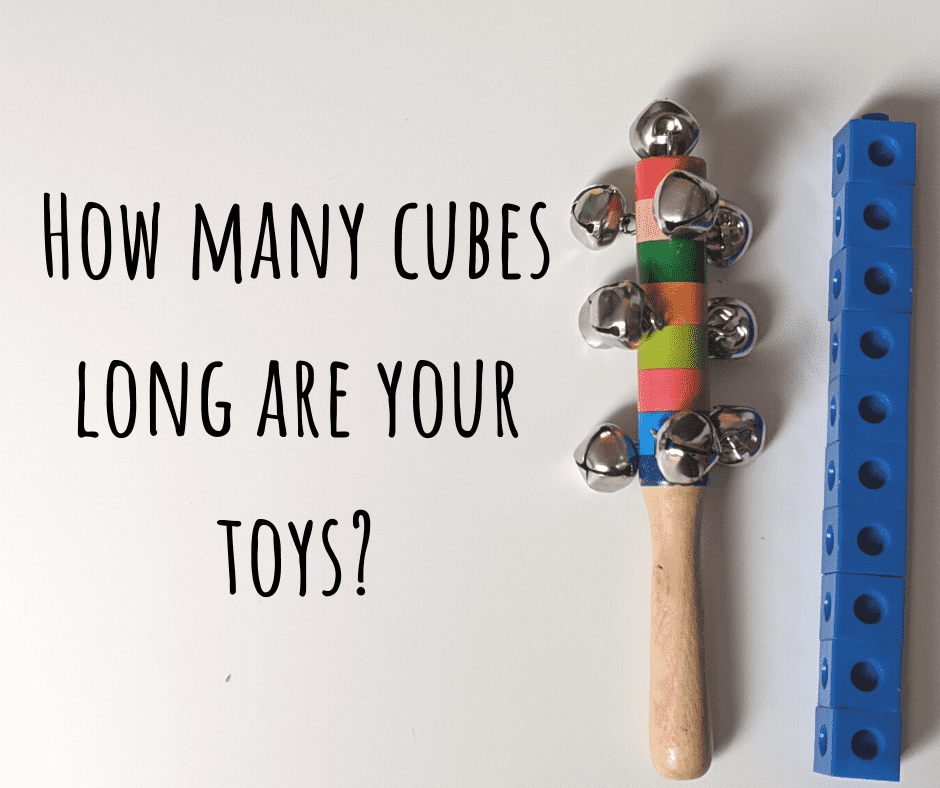
Here is another example of using the interlocking cubes as a non-standard unit of measurement. Use them to measure lengths.

This time use a ruler to check how long your snake is. Try to estimate the centimetres first.
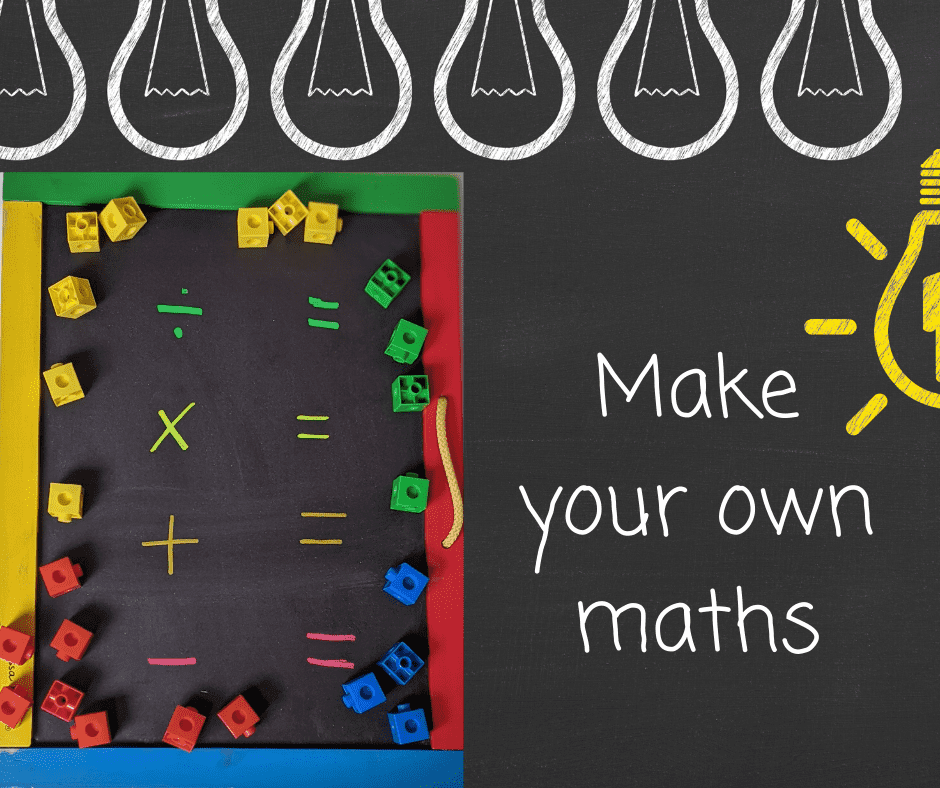
Now, you know all the tricks and it is your turn to shine. Create your own number sentences using snap cubes. Have fun making your own maths.


